March 13, 2025
.jpg)
It’s the middle of the night, and you need to make an urgent call. You dial, but… no signal. You move to the balcony, wave your phone in the air, even restart your device—still, nothing. The helplessness creeps in, and frustration takes over.
We’ve all been there. Whether stuck in remote areas, underground parking lots, crowded stadiums, or even inside skyscrapers, network blackouts have been an unavoidable reality for years. But what if dropped calls and weak signal bars became a thing of the past?
At MWC 2025, telecom leaders proved that we’re entering an era where AI-powered networks will eliminate dead zones, optimize connectivity in real-time, and create self-healing infrastructures. AI isn’t just improving networks; it’s making them intelligent, proactive, and resilient like never before.
From AI-driven RAN to self-learning antennas and autonomous networks, MWC 2025 showcased the biggest AI-driven telecom innovations that will ensure you never lose connection again. Let’s dive into the groundbreaking AI deployments that are reshaping the telecom industry. 🚀
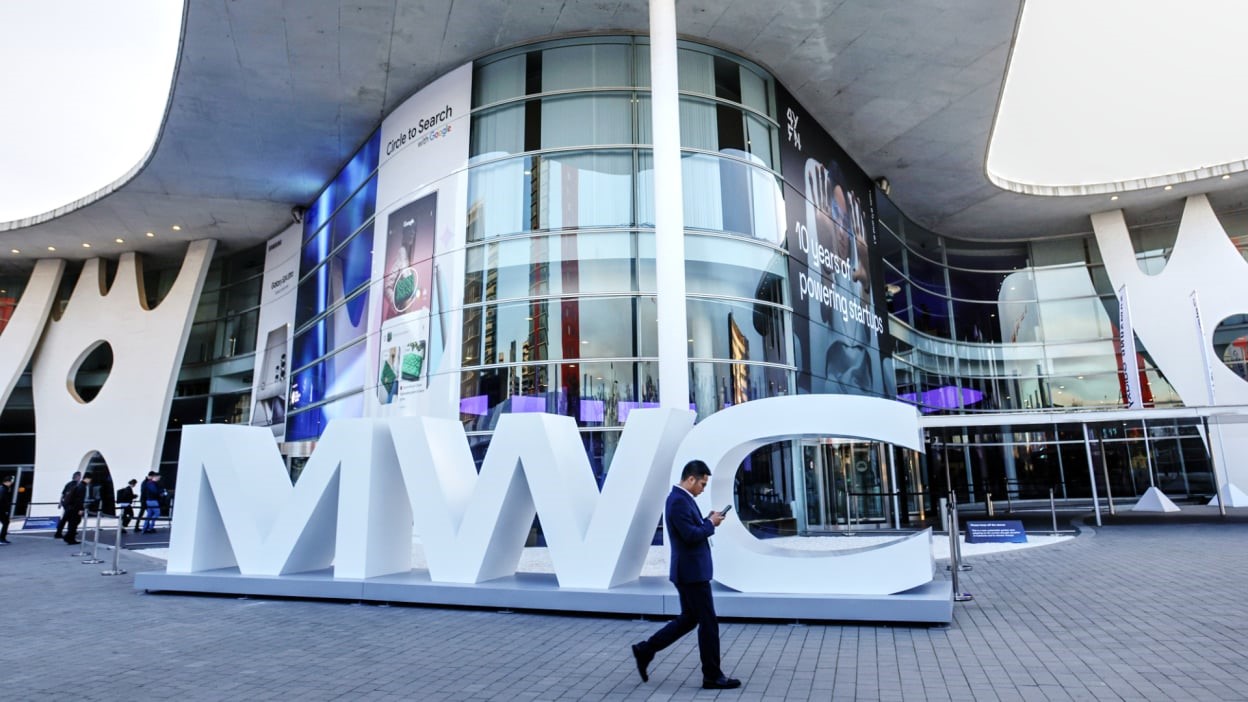
1. SoftBank’s AI-RAN Revolution with NVIDIA and Red Hat
SoftBank Corp. has taken a decisive step towards AI-powered Radio Access Network (RAN) infrastructure through strategic alliances with NVIDIA and Red Hat:

2. Reliance Jio’s Open Telecom AI Platform
Reliance Jio Platforms (JPL) has introduced the Open Telecom AI Platform, developed in collaboration with AMD, Cisco, and Nokia:
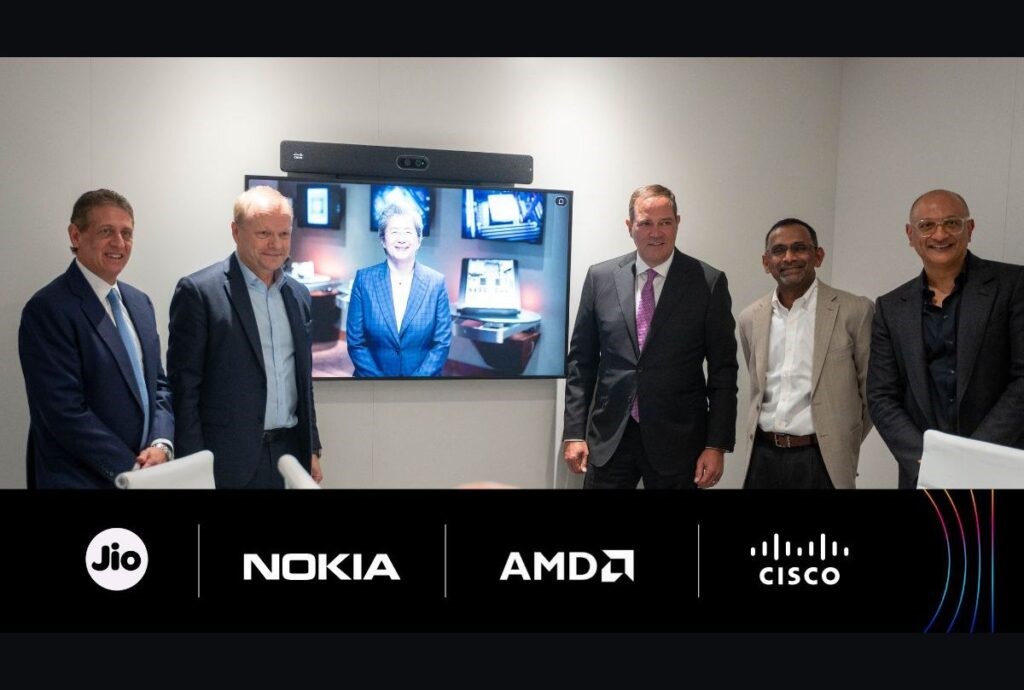
3. Qualcomm and IBM: AI-Enabled Telecom Evolution
Qualcomm and IBM have entered into a strategic partnership aimed at integrating AI across wireless, edge computing, and semiconductor design:

4. Huawei’s AI-Native Core Network & 5.5G Business Model Transformation
Huawei introduced an AI Core Network, signalling a move towards fully autonomous telecom infrastructures, alongside AI-Centric 5.5G solutions, marking a shift from data-driven monetization to experience-based monetization:

5. The AI Phone by Perplexity and Deutsche Telekom
MWC 2025 showcased a wave of AI-powered smartphone innovations, led by the Perplexity AI Phone, developed by Perplexity in collaboration with Deutsche Telekom:
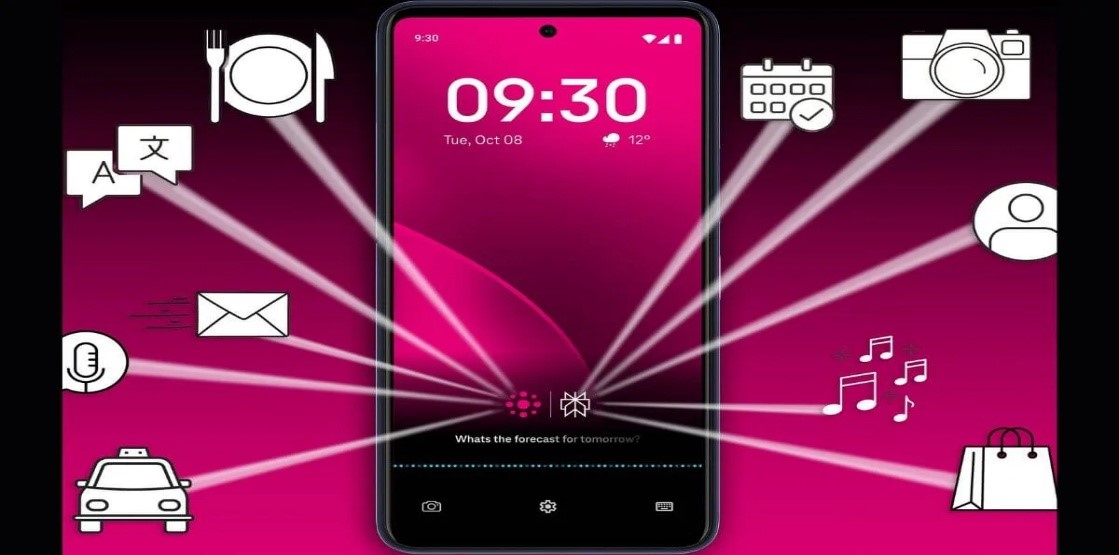
6. Telefónica and AWS's Cloud-Based 5G RAN
Telefónica, collaborating with Nokia and AWS, completed Europe’s first 5G Standalone call using hybrid cloud RAN architecture:
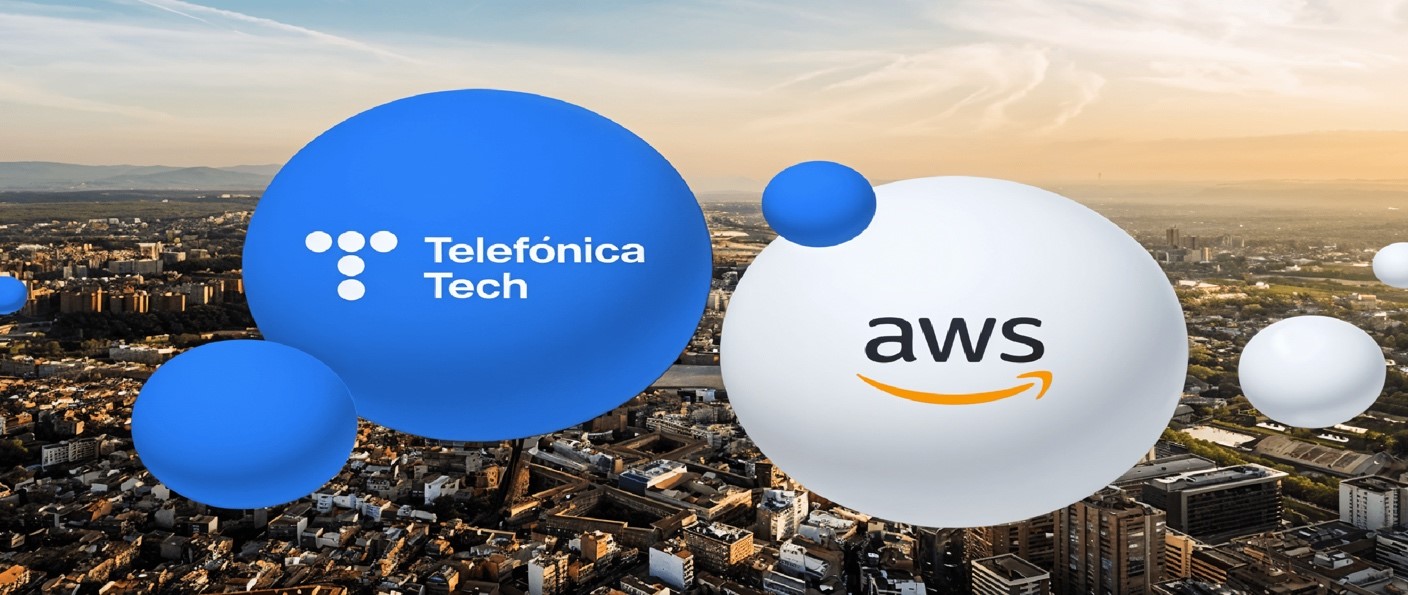
7. Nokia and NTT DOCOMO's 6G Network Computing Collaboration
Nokia and NTT DOCOMO demonstrated a 6G-era concept known as the In-network Service Acceleration Platform (ISAP):
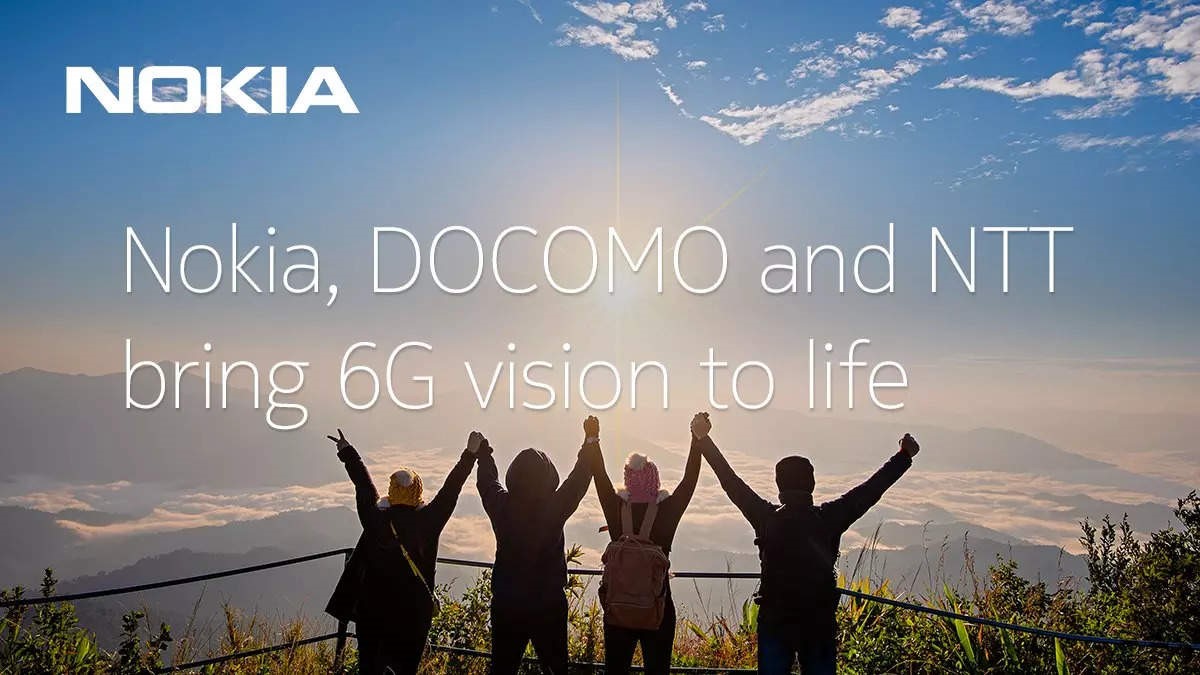
MWC 2025 proved that AI isn’t just enhancing telecom—it’s redefining it. From AI-driven RAN and autonomous networks to intelligent service orchestration, AI is shaping the industry's future in three keyways:
✅ AI-RAN is the future, but ecosystem governance remains a challenge, especially with Nvidia’s dominance.
✅ The shift from connectivity to intelligent services is accelerating, yet telcos must escape legacy constraints to unlock new monetization models.
✅ 6G is on the horizon, but optimizing 5G standalone networks is the immediate challenge.
✅ Agentic AI and AI inference models hint at a future where networks don’t just process data—they reason, adapt, and optimize autonomously.
More than ever, telecoms must embrace AI beyond cost-cutting—it’s time to leverage AI as an enabler of new revenue models, digital experiences, and industry-wide transformation.
The question is no longer whether AI will define telecom—but rather, how quickly telcos can redefine themselves in an AI-powered world. 🚀